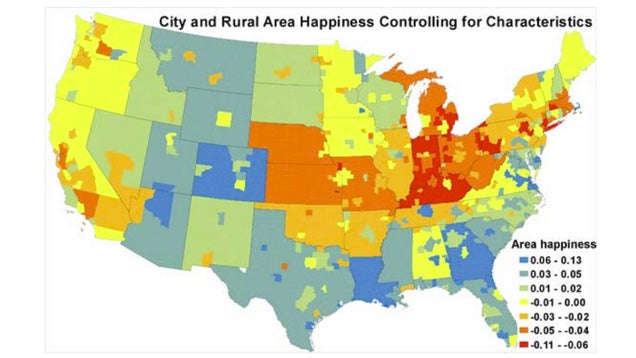The precise reasons that people see profundity in vague buzzwords or syntactic but completely random sentences are unknown. Some people might not realize the reason they don’t understand something is simply because there is nothing to understand. Or they might just approach things they hear and read less skeptically.
There are also a few characteristics that seem to correlate with those who are more prone to pseudo-profound language. Specifically, the researchers tested willingness to accept pseudo profound statements along with a host of other personality characteristics. As they describe:
Those more receptive to bull**** are less reflective, lower in cognitive ability (i.e., verbal and fluid intelligence, numeracy), are more prone to ontological confusions [beliefs in things for which there is no empirical evidence (i.e. that prayers have the ability to heal)] and conspiratorial ideation, are more likely to hold religious and paranormal beliefs, and are more likely to endorse complementary and alternative medicine.
Source: Why people think total nonsense is really deep – The Washington Post


